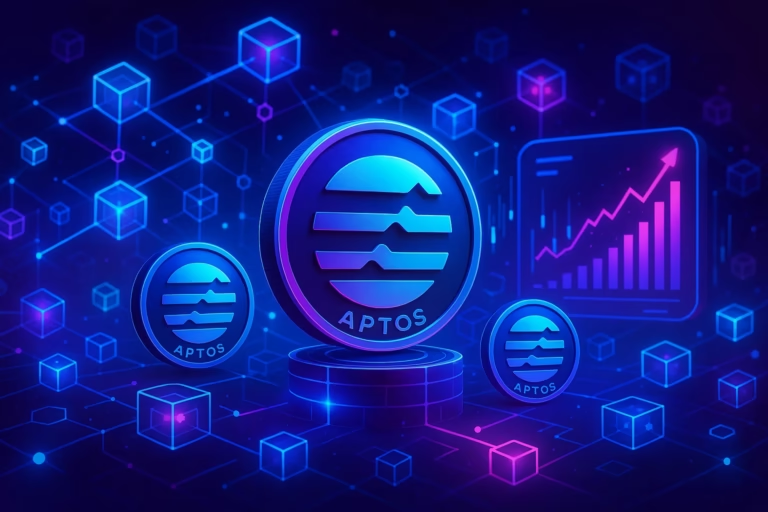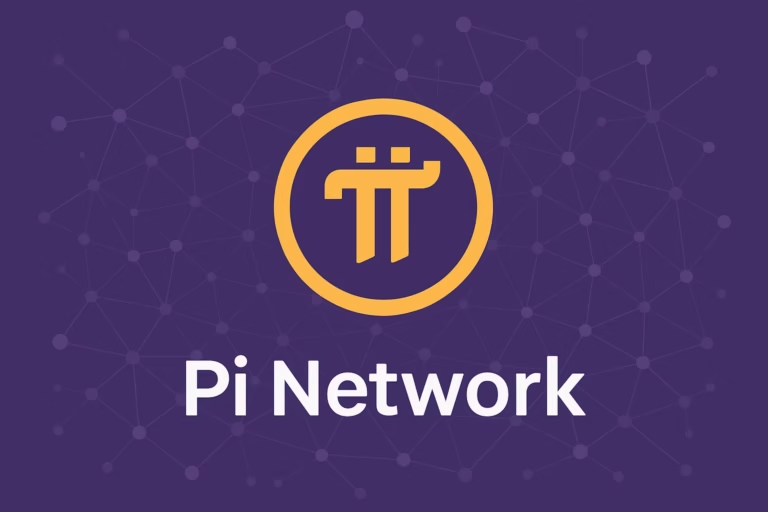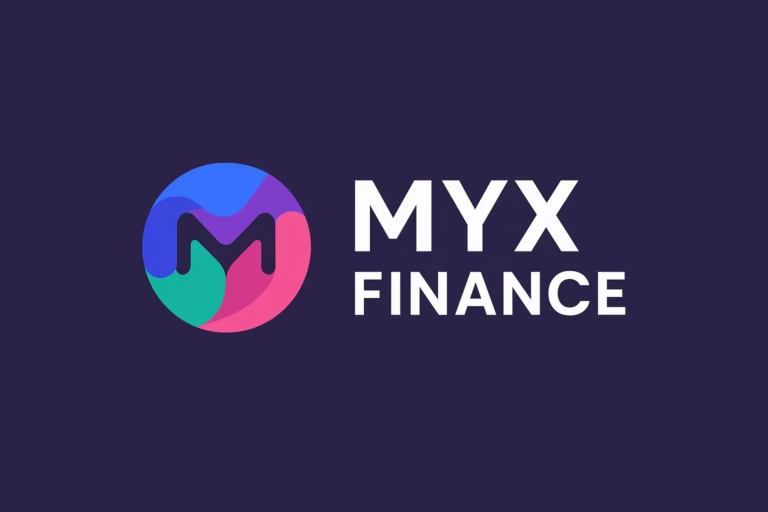
- Polygon has transitioned from MATIC to POL as part of its Polygon 2.0 roadmap, with POL becoming the new gas and staking token for its Proof-of-Stake chain.
- This migration supports Polygon’s evolution towards a zero-knowledge Ethereum Virtual Machine (zkEVM) system, introducing new tokenomics and features aimed at enhancing ecosystem growth and decentralization.
On September 4, 2024, Polygon, the widely-used Ethereum scaling solution, initiated a significant transition by migrating its native token from MATIC to POL. This migration is a pivotal step in Polygon’s ambitious development roadmap, Polygon 2.0, which aims to evolve the network into a zero-knowledge Ethereum Virtual Machine (zkEVM) system.
The Need for POL
The migration process replaces MATIC with POL as the primary gas and staking token for the Polygon Proof-of-Stake (PoS) chain. According to Polygon Labs CEO Marc Boiron, this upgrade was necessary due to the technical limitations of the MATIC token, whose upgrade keys were intentionally burned years ago. The introduction of POL allows for more flexibility in token issuance and ecosystem growth.
New Tokenomics
Under the new tokenomics, POL will have an annual emission rate of 2% over ten years. This controlled inflation is designed to support ecosystem growth and provide ongoing rewards for validators. The initial exchange ratio between MATIC and POL is set at 1:1, maintaining the existing supply of 10 billion tokens.
we interrupt your doomscroll with another reminder MATIC will be upgraded to POL tomorrow 🫡
— Polygon | Aggregated (@0xPolygon) September 3, 2024
the tl;dr for the hyperproductive token: https://t.co/brdQT9WeFa pic.twitter.com/D63qiqdZPX
Seamless Migration for Users
For most users, particularly those holding MATIC on the Polygon PoS chain, the migration will occur automatically without any required action. However, MATIC holders on other networks such as Ethereum or Polygon zkEVM, as well as those using centralized exchanges, will need to manually migrate their tokens to POL. Polygon has provided a migration contract to facilitate this process, though they caution that it’s intended for advanced users.
The Role of POL in Polygon’s Future
The POL token is expected to play a broader role in Polygon’s future developments. It will be integral to the AggLayer, a system designed to aggregate liquidity and state across multiple chains within the Polygon ecosystem. POL will support functions such as block generation, zero-knowledge proof generation, and participation in Data Availability Committees (DACs) as part of the Polygon staking hub, set to launch in 2025.
Community and Governance
This migration also introduces a community treasury, funded by a portion of the POL emissions. This treasury aims to support ecosystem growth through grants and community-controlled initiatives. Boiron emphasized that this feature was impossible with the previous MATIC token structure. The transition to POL is not just a token swap but a strategic move to enhance Polygon’s capabilities. It allows for more decentralized governance and provides a mechanism to incentivize validators across various chains in the Polygon ecosystem, even those without their own native tokens.
Market Impact and Future Prospects
As of the migration date, Polygon’s market capitalization stood at approximately $3.8 billion, ranking it as the 13th largest digital asset in the CoinDesk 20 index. The successful implementation of this upgrade is crucial for Polygon’s ambitions to become a leading player in the Ethereum scaling landscape.
While there is currently no deadline for MATIC holders on Ethereum and Polygon zkEVM to convert their tokens to POL, the Polygon community may establish one in the future. Exchanges are expected to list the upgraded POL token, facilitating wider adoption and liquidity.
This migration signifies a new chapter for Polygon, positioning it for greater scalability and broader ecosystem participation. The shift from MATIC to POL is a strategic move designed to future-proof the network and ensure it remains at the forefront of blockchain innovation.




